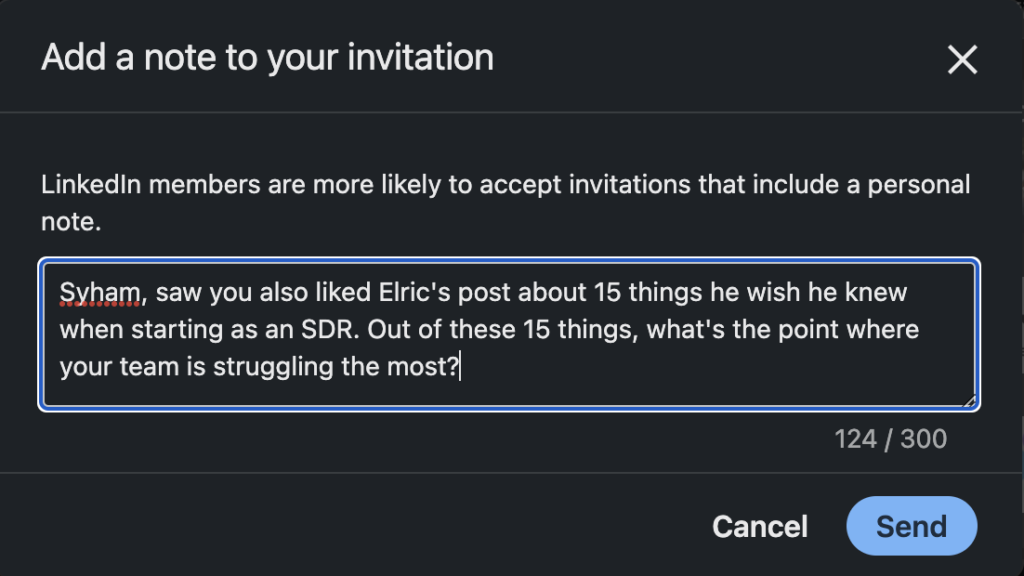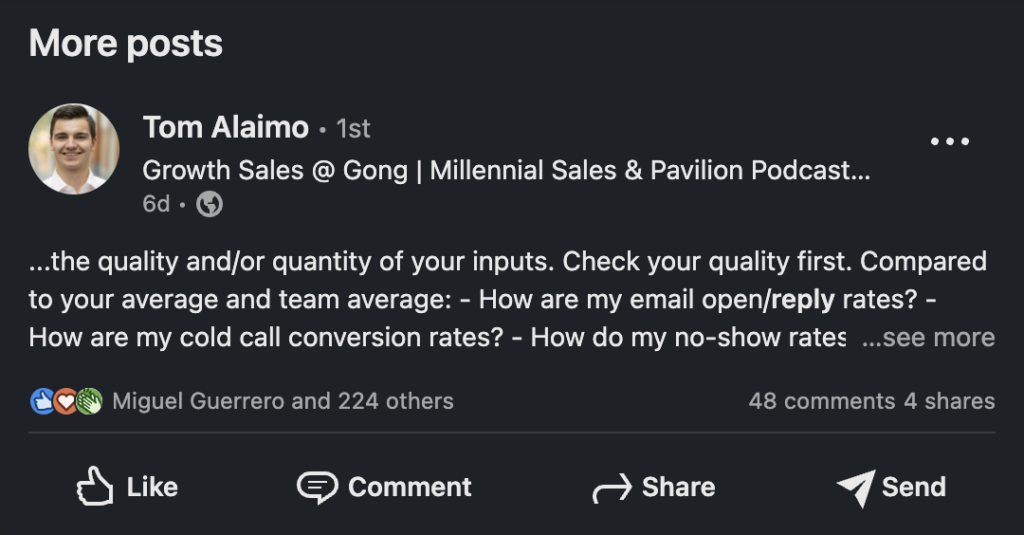4 steps to finding prospects on LinkedIn (and personalizing at scale)
In today’s issue, I’m going to share the system I use daily to find new prospects on LinkedIn, and personalize my outreach at scale.
If you can replicate this process, you won’t be stuck looking for leads all day, and you’ll get a lot more replies.
Unfortunately, most SDRs are at the mercy of their marketing colleagues for leads, or they waste tons of time looking for prospects to contact.
Finding prospects who may have a problem you can solve is how you get replies.
Without a clear process for finding prospects, two challenges arise:
Challenge #1: You shoot in the dark: you contact prospects based on their job titles, with most of them not having a problem you can solve.
Challenge #2: You waste a ton of time: you spend hours scrolling through lead lists, or waiting for marketing to send you hot leads (rarely happens).
You can overcome all of these challenges by building a better system to find prospects on LinkedIn.
Here’s how, step-by-step:
Step 1: Identify influential people who speak to my ICP
If your customers are active on LinkedIn (logging in at least once a week), then it’s highly likely that some people have built large audiences speaking about your prospects’ problems, and how to solve them.
I’ll take sales as an example. The domain is filled with thought-leaders who have built massive audience on LinkedIn. Same goes for marketing, HR, and operations.
Your first step should be to build a list of 5 – 10 thought-leaders who post regularly (daily is best) on LinkedIn. Go check step 3 of this article if you want to know how.
I’ll take the example of Elric Legloire who posts daily about SDR tactics.

He has an audience of 15,000+ followers, so he’s someone interesting to follow for sure.
Step 2: Select a recent post about a topic I can help with
Now that I have a bunch of interesting thought-leaders, I can go through a list of their posts to identify something my prospects would find valuable.
Remember, prospects are always faced with various problems, and posts related to these problems (and solutions) attract their likes and comments. Content that educates, challenges, entertains, or empathizes with prospects’ problems generates engagement (see Justin Welsh).
In my example, I scrolled through Elric’s activity (filtered by post) and found this post. It’s a list of 15 things Elric wished he knew when he started as an SDR.
This post got over 140 reactions, 31 comments, and 1 reshare. I’m pretty sure I can find some interesting people in there.
Step 3: Scroll through the list of post likers and commenters
When you click on the lists of people who engaged with the post, you can see who did what, and their connection degree with you.

Now you just need to scroll and look for people who fit with your Ideal Customer Profile. In my example, I could locate 14 people who fit with my ICP (around 10% of post likers).
It took me less than 5 minutes to find 10 relevant prospects. But what’s even more interesting is that I can use the same exact message for these 10 people.
(Note: if you need a simple way to build prospects lists, and track your prospecting efforts, go check my Prospecting Tracker).
Step 4: Use the post as a trigger to start conversations with prospects
As these prospects engaged with the post, it’s likely that they may have similar experiences with their SDRs. Which means they may have problems I can help with.
Let’s go back to the initial post. It’s a list of 15 things to keep in mind when working as an SDR. I could create a list of 15 mistakes to avoid when starting as an SDR and tease it as a checklist. I could also ask prospects what their team is struggling the most with.
Now that I have my triggers, I can use a simple framework to write a message, or a connection request.
Trigger + Teaser: Syham, saw you also liked Elric’s post about 15 things he wish he knew when starting as an SDR. I did a counter checklist with 15 mistakes to avoid when starting as an SDR. Interested in grabbing it?
Trigger + Question: Syham, saw you also liked Elric’s post about 15 things he wish he knew when starting as an SDR. Out of these 15 things, what’s the point where your team is struggling the most?
As you can see, these texts are less than 300 characters, so they fit as connection requests, or direct messages:


As a result, I get a 60% to 70% of my connection requests accepted, and a 38% reply rate.
And these are my 4 steps to finding prospects on LinkedIn (and personalizing at scale).
TL;DR:
Step 1: Identify influential people who speak to my ICP
Step 2: Select a recent post about a topic I can help with
Step 3: Scroll through the list of post likers and commenters
Step 4: Use the post as a trigger to start conversations with prospects
Cheers,
Thibaut
- Build your outbound prospecting system from scratch here (200+ students)
- (NEW!) Write cold messages that get a 38% reply rate and 27% meeting rate here (20+)
- Book me 1:1 or for your team here
- (NEW!) Sponsor my newsletter & get 3k+ eyeballs on your ad!
Subscribe to the Newsletter
Get my free, 4 min weekly newsletter. Used by 5.400+ salespeople to book more meetings and work when, where, and how they want.
Subscribe to the Newsletter
Get my free, 4 min weekly newsletter. Used by 5.400+ salespeople to book more meetings and work when, where, and how they want.










